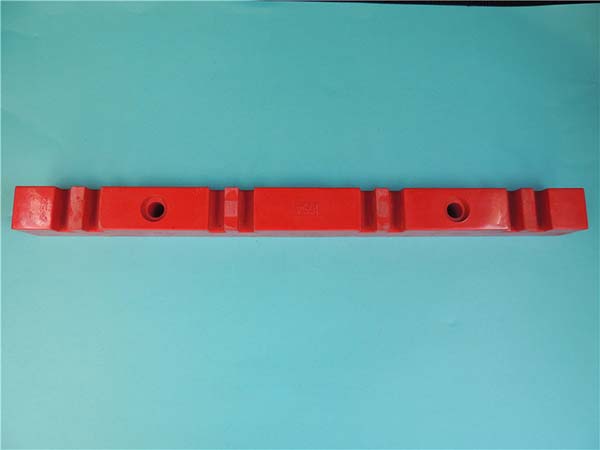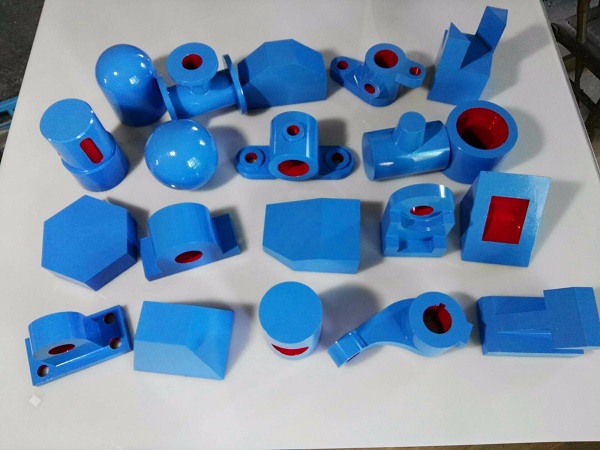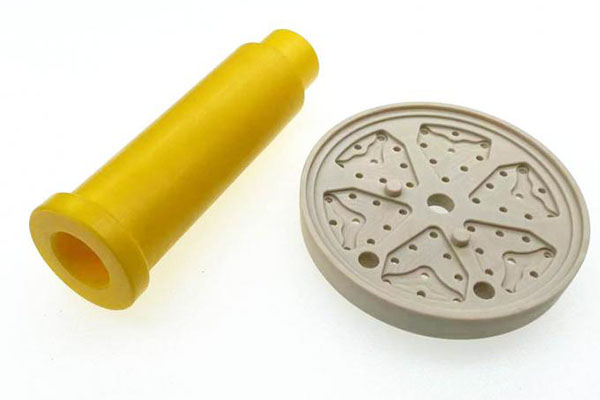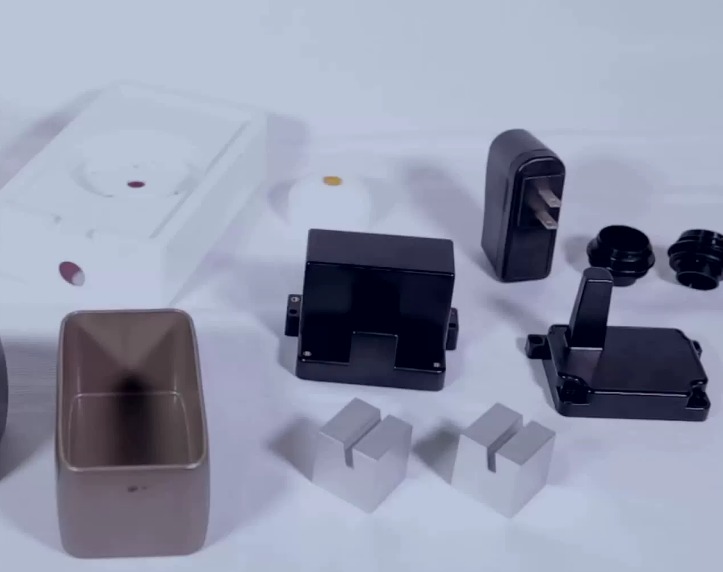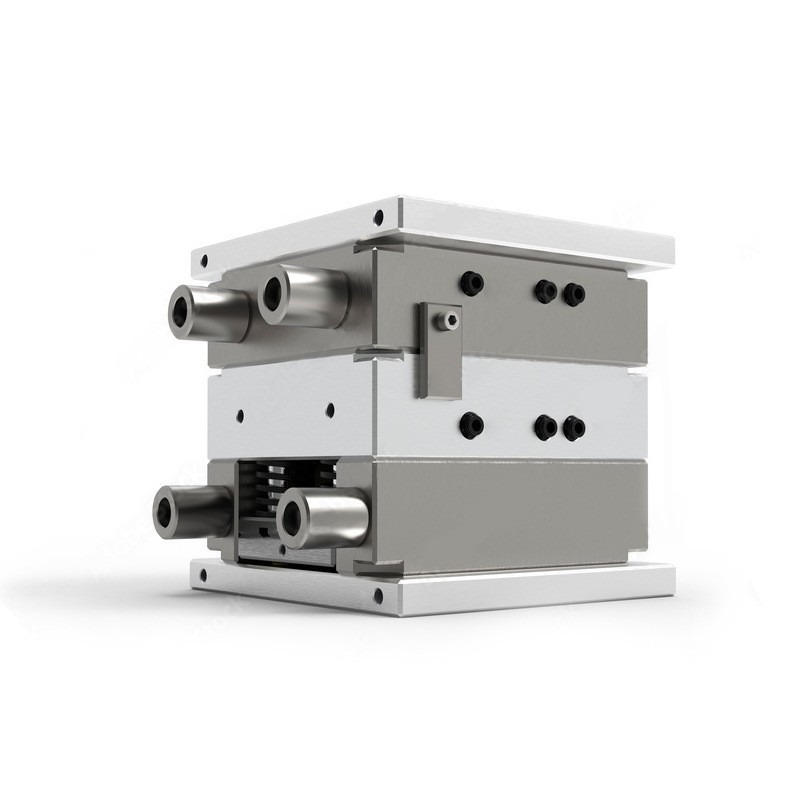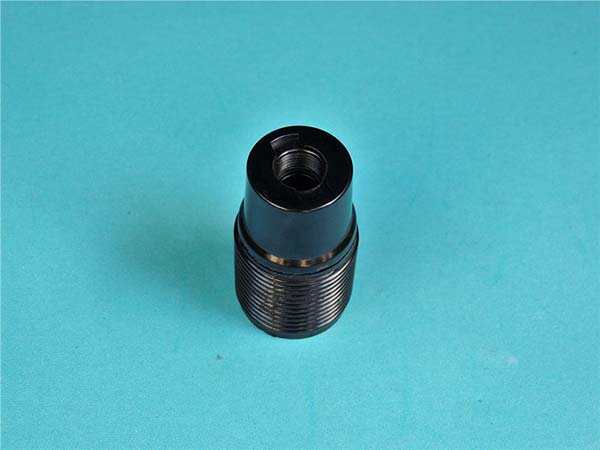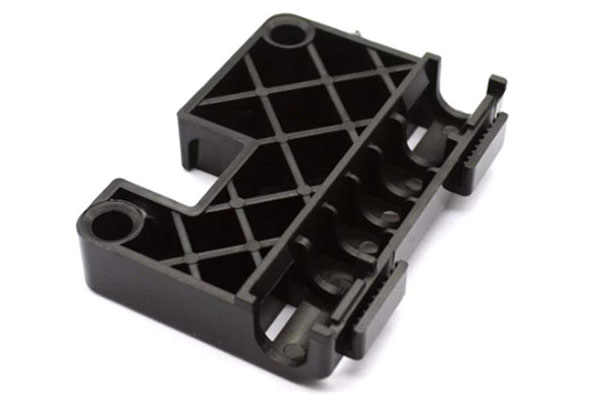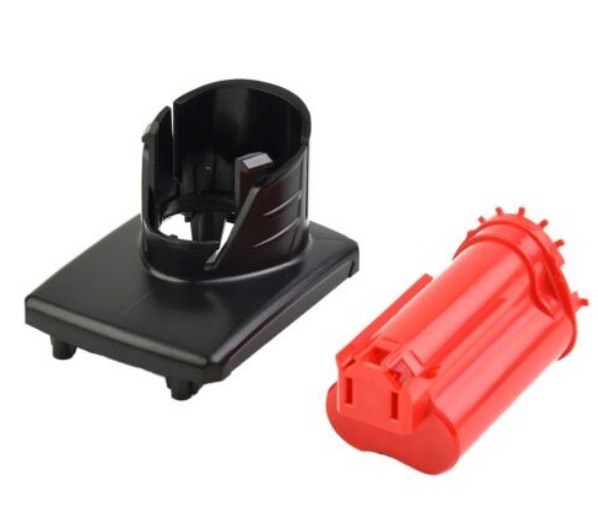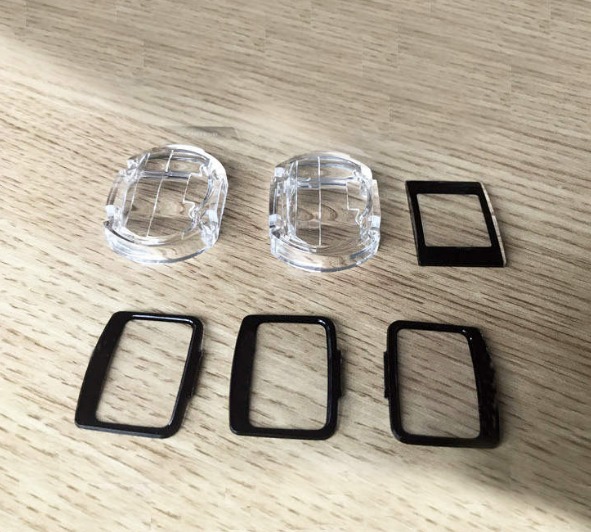Introduction
In the world of manufacturing, plastic products play a crucial role, and injection moulding is one of the most widely used processes for creating them. However, like any manufacturing method, it has its limitations, which has led to the exploration and development of alternative processes. This article will introduce you to injection moulding, explore the reasons for seeking alternatives, and then delve into some of the popular alternative processes available in the industry.
Understanding Injection Moulding
Injection moulding is a manufacturing process where molten plastic is injected into a mould cavity under high pressure. The plastic then cools and solidifies inside the mould, taking on the shape of the cavity. Once the plastic has fully hardened, the mould is opened, and the finished part is ejected. This process is highly efficient for mass - production of plastic parts with complex shapes, such as automotive components, consumer electronics housings, and toys.
The process typically involves several key steps:
- Plastic Material Preparation: Plastic pellets are fed into the hopper of the injection - moulding machine. These pellets are then melted in a heated barrel.
- Injection: The molten plastic is forced, under high pressure, through a nozzle and into the closed mould cavity. The pressure ensures that the plastic fills every detail of the mould.
- Cooling: After the mould is filled, the plastic is allowed to cool. This cooling process is crucial as it determines the final shape and properties of the part. Cooling channels within the mould help to speed up this process.
- Ejection: Once the plastic has cooled and solidified, the mould opens, and the part is ejected using ejector pins.
Common Alternative Processes
Compression Moulding
Process Explanation: Compression moulding is a relatively straightforward process. First, a pre - formed plastic material, often in the form of a pre - heated slug or a pre - shaped pre - form, is placed into a heated mould cavity. The mould is then closed, and pressure is applied. This pressure forces the plastic to conform to the shape of the mould cavity. As the plastic is under pressure and heat, it softens, fills the cavity, and cures or solidifies. Once the plastic has fully hardened, the mould is opened, and the finished part is removed. This process is similar to baking a cake in a shaped pan; the batter (plastic material) is poured into the pan (mould), and heat is applied to transform it into the final shape.
Advanta
- Low - cost Moulds: The moulds used in compression moulding are generally less complex and less expensive to manufacture compared to injection moulding dies. This makes it an attractive option for small - scale production runs or when cost - effective tooling is a priority.
- Suitable for Large and Simple Shapes: It is well - suited for creating large, flat, or simple - shaped plastic parts. Since the plastic is not injected at high pressure, it can more easily fill large, open - ended cavities without the risk of causing flow marks or other injection - related defects.
- Low Material Waste: There is minimal material waste in compression moulding. The pre - measured amount of plastic is placed directly into the mould, and any excess material can be easily recycled or reused.
Disadvantages:
- Longer Cycle Times: The process typically has longer cycle times compared to injection moulding. Heating, applying pressure, and curing the plastic takes time, which can limit the production rate.
- Limited to Simple Shapes: Compression moulding is not ideal for producing parts with complex internal geometries, undercuts, or thin - walled sections. The plastic flow during compression is not as precise as in injection moulding, making it difficult to achieve intricate details.
Applications: Compression moulding is commonly used in the production of automotive interior components such as floor mats, dashboards, and seat cushions. It is also used for making rubber - based products like shoe soles, gaskets, and electrical insulators. For example, many rubber - soled work boots have their soles made through compression moulding, as the process can efficiently produce the large, simple - shaped soles with the required durability.
Blow Moulding
Process Explanation: In blow moulding, the process begins with a heated plastic parison (a tube - like piece of softened plastic). This parison is placed into a two - part mould. Once the mould is closed, compressed air is blown into the parison. The air pressure causes the parison to expand and conform to the inner walls of the mould, much like blowing up a balloon inside a shaped container. After the plastic has cooled and solidified, the mould is opened, and the hollow plastic product is removed.
Applications: Blow moulding is widely used in the packaging industry for producing plastic bottles for water, soft drinks, detergents, and cosmetics. It is also used to make toys, such as hollow balls and action figures with hollow bodies, and automotive components like fuel tanks and air ducts. For instance, most of the plastic water bottles we use daily are made through blow moulding, as it can produce the lightweight, hollow containers with the necessary strength at a high production rate.
Rotational Moulding
Process Explanation: Rotational moulding, also known as rotomoulding, starts with placing a measured amount of plastic powder or liquid resin into a hollow mould. The mould is then heated in an oven while being rotated slowly around two perpendicular axes. As the mould rotates, the plastic material tumbles inside the mould. The heat causes the plastic to melt and adhere to the inner walls of the mould. The continuous rotation ensures that the plastic is evenly distributed, creating a uniform wall thickness. Once the plastic has fully melted and coated the mould, the mould is cooled, usually by air or water, and the solidified plastic product is removed.
Applications: Rotational moulding is used to manufacture a wide range of products, including large water and chemical storage tanks, children's playhouses, kayaks, and traffic cones. For example, many backyard storage sheds are made using rotational moulding, as it can produce the large, seamless plastic panels needed for the shed walls and roof at a reasonable cost.
Comparison Table
Injection Moulding vs Alternatives
| Comparison Aspect | Injection Moulding | Compression Moulding | Blow Moulding | Rotational Moulding |
| Cost - Mould | High. Complex moulds are expensive to design and manufacture due to the need to withstand high injection pressures. | Low. Moulds are less complex and thus less costly. | Moderate - High. Moulds need to be designed to withstand internal air pressure during blowing. | Low. Moulds do not need to withstand high pressures, reducing manufacturing costs. |
| Cost - Production | High initial investment in equipment. But low per - unit cost for high - volume production due to fast cycle times. | Low initial investment in equipment. Higher per - unit cost for small - scale production due to longer cycle times. | High initial investment in equipment. Low per - unit cost for high - volume production of hollow products. | Low initial investment in equipment. Higher per - unit cost due to long production cycles. |
| Production Efficiency | Short. Can complete a cycle in a few seconds to a few minutes depending on part complexity. | Long. Cycles can take several minutes due to heating, pressing, and curing processes. | Short - Moderate. Depends on the size and complexity of the product, but can be relatively fast for mass - produced items like bottles. | Long. Heating and cooling stages take a significant amount of time, with cycles often taking 10 - 30 minutes or more. |
| Production Efficiency | High. Suitable for high - volume production of up to millions of parts per year. | Low - Moderate. Not ideal for extremely high - volume production due to long cycle times, but can be used for medium - scale production. | High. Capable of producing large quantities, especially for products like beverage bottles. | Low. Long cycle times limit the production rate, making it less suitable for high - volume production. |
| Product Quality - Dimensional accuracy | High. Can achieve tight tolerances, often within ±0.05 - 0.1mm depending on the material and part complexity. | Moderate. Tighter tolerances are more difficult to achieve, with typical tolerances around ±0.1 - 0.5mm. | Moderate - Low. There can be some variation in wall thickness and dimensional accuracy, with tolerances around ±0.2 - 1mm. | Moderate. Good uniform wall thickness, but dimensional accuracy may be limited, with tolerances around ±0.2 - 0.5mm. |
| Product Quality - Surface quality | Excellent. Can produce parts with smooth surfaces and fine details. | Good. But may have some surface imperfections if not properly processed. | Good - Moderate. Surface quality can be affected by the blowing process, and may have some minor marks or unevenness. | Good. Uniform surface finish, but may not be as smooth as injection - moulded parts in some cases. |
| Applicable materials | Wide range, including thermoplastics (e.g., ABS, PP, PE), thermosets (to a lesser extent), and some elastomers. | Suitable for thermosets, some thermoplastics, and elastomers. | Primarily for thermoplastics, especially those with good melt - flow properties like PET, HDPE, and LDPE. | Suitable for thermoplastics, especially polyethylene (PE) powders. |
| Applicable product types | Parts with complex shapes, such as automotive components, consumer electronics housings, and small precision parts. | Large, simple - shaped parts like automotive interior components, rubber - based products. | Hollow products like plastic bottles, containers, and hollow toys. | Large - scale, one - piece products with no seams, such as storage tanks, playground equipment, and boat hulls. |
Yigu Technology's Perspective
Custom Supplier's View
As a non - standard plastic metal products custom supplier, Yigu Technology understands that choosing the right manufacturing process is crucial. When it comes to injection moulding and its alternatives, we believe that there is no one - size - fits - all solution. The choice depends on various factors such as the specific requirements of the product, the budget, and the production scale.
For products with complex shapes and high - volume production needs, injection moulding might be the best option. However, if cost - effective tooling and large, simple - shaped products are the priority, compression moulding could be a better fit. Blow moulding is ideal for hollow products, while rotational moulding is great for large, seamless items.
Yigu Technology is committed to providing professional advice based on our in - depth knowledge and experience. We can work closely with clients to understand their unique needs and offer customized solutions. Whether it's choosing the right process, selecting the appropriate materials, or providing design optimization suggestions, we strive to help our clients make the best decisions for their production, ensuring high - quality products and efficient manufacturing processes.
Conclusion
In summary, while injection moulding is a powerful and widely - used manufacturing process for plastic products, the alternative processes of compression moulding, blow moulding, and rotational moulding each offer unique advantages and are suitable for specific applications. Compression moulding is great for low - cost tooling and large, simple - shaped parts. Blow moulding excels in producing hollow products at high production rates. Rotational moulding is ideal for creating large, seamless items with uniform wall thickness.
When choosing a manufacturing process, it is crucial to consider multiple factors such as product design requirements, production volume, cost constraints, and desired product quality. The right choice can significantly impact the product's quality, production efficiency, and overall cost - effectiveness.
For manufacturers, it is highly recommended to conduct in - depth research, consult with industry experts, and perhaps even conduct small - scale trials when considering a new production process. By making an informed decision, you can ensure that your manufacturing process aligns perfectly with your business goals, leading to high - quality products and successful production runs.
